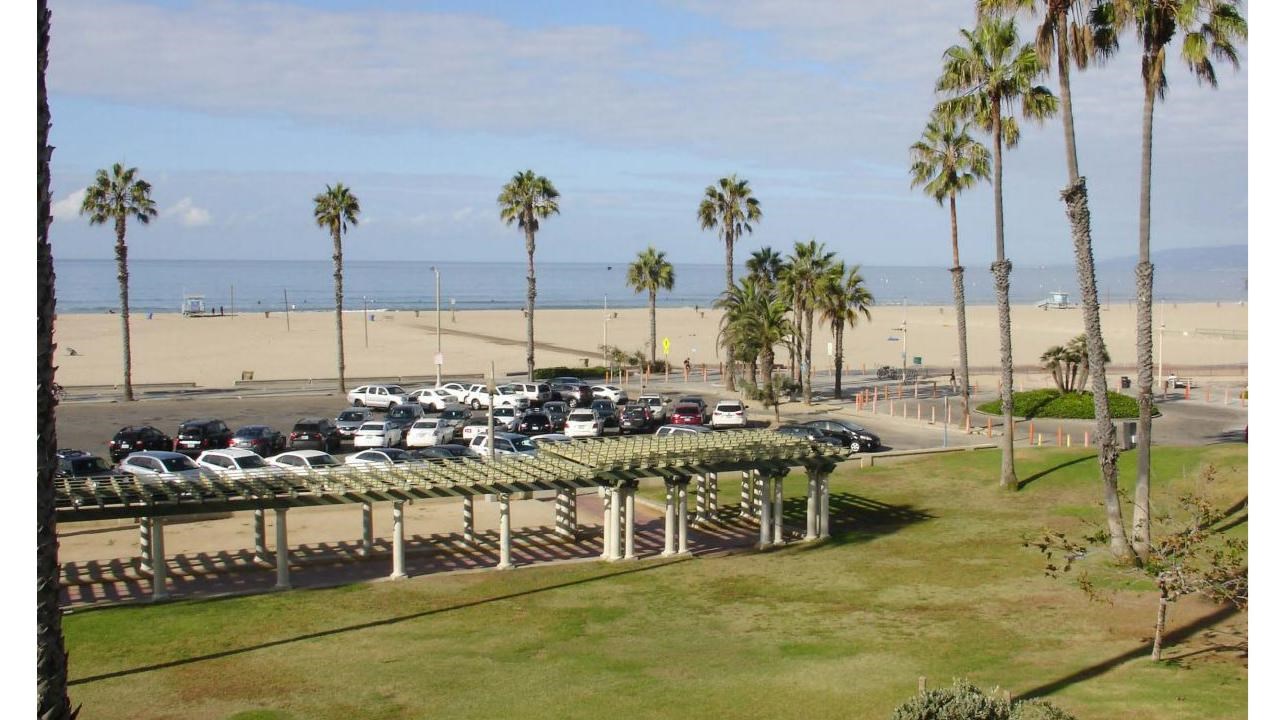Last updated: August 6, 2021
Place
Bay Street Beach Historic District

Photograph by Michael Blum, courtesy of California Historic Preservation Office
Quick Facts
Location:
Santa Monica, California
Significance:
Architecture, Community Planning & Development, Ethnic Heritage-Hispanic
Designation:
Listed in the National Register – Reference number 100004116
MANAGED BY:
Listed in the National Register of Historic Places in 2019, The Bay Street Beach Historic District is significant for its contribution to seaside access, recreation, and leisure for African American between 1908 and 1965. As a location of contestation, the property is also associated with the broader American Civil Rights narrative--in this case a demanding of access to, and proper enjoyment of, public trust resources. Sometimes derogatorily referred to as “the Inkwell,” noting the skin color of its patrons, the beach was self-selected by the local African American community as a place of recreation and leisure where its visitors felt relatively safe from harassment. In the Jim Crow era, California’s lax enforcement or overlooked civil rights laws dating back to the 1890s and Los Angeles’ de facto white supremacist policies manifested as restricted housing, employment, and often access to public lands or facilities. The area became a recognized extension of Santa Monica's African American community life and a leisure destination for the region’s larger Black population. The period of significance for this historic district begins in 1908 when the Phillips Chapel Colored Methodist Episcopal (later Christian Methodist Episcopal, CME) Church building was purchased from the Santa Monica School Board and relocated to the corner of Fourth and Bay Streets, creating an anchor for local African American spiritual and community life. The period of significance ends in 1965 with passage of the federal Voting Rights Act (VRA). The VRA, together with the Civil Rights Act of 1964, removed federal and state discrimination barriers in public places, housing, employment, and voting, ending most Jim Crow policy as an era of de jure discrimination and segregation. Today the beach is enjoyed by all local and traveling visitors as a natural ground for relaxation and recreation.
